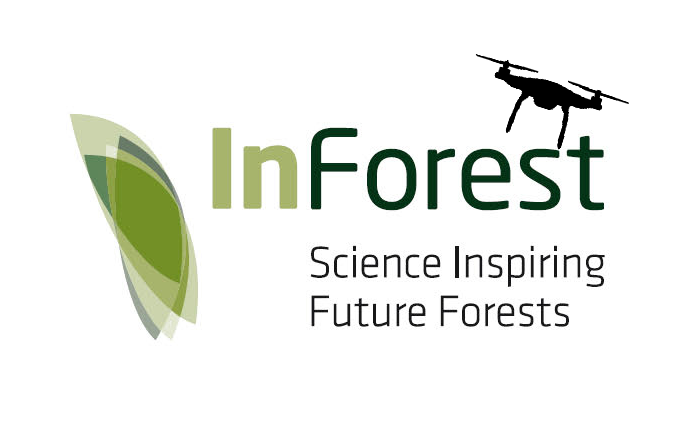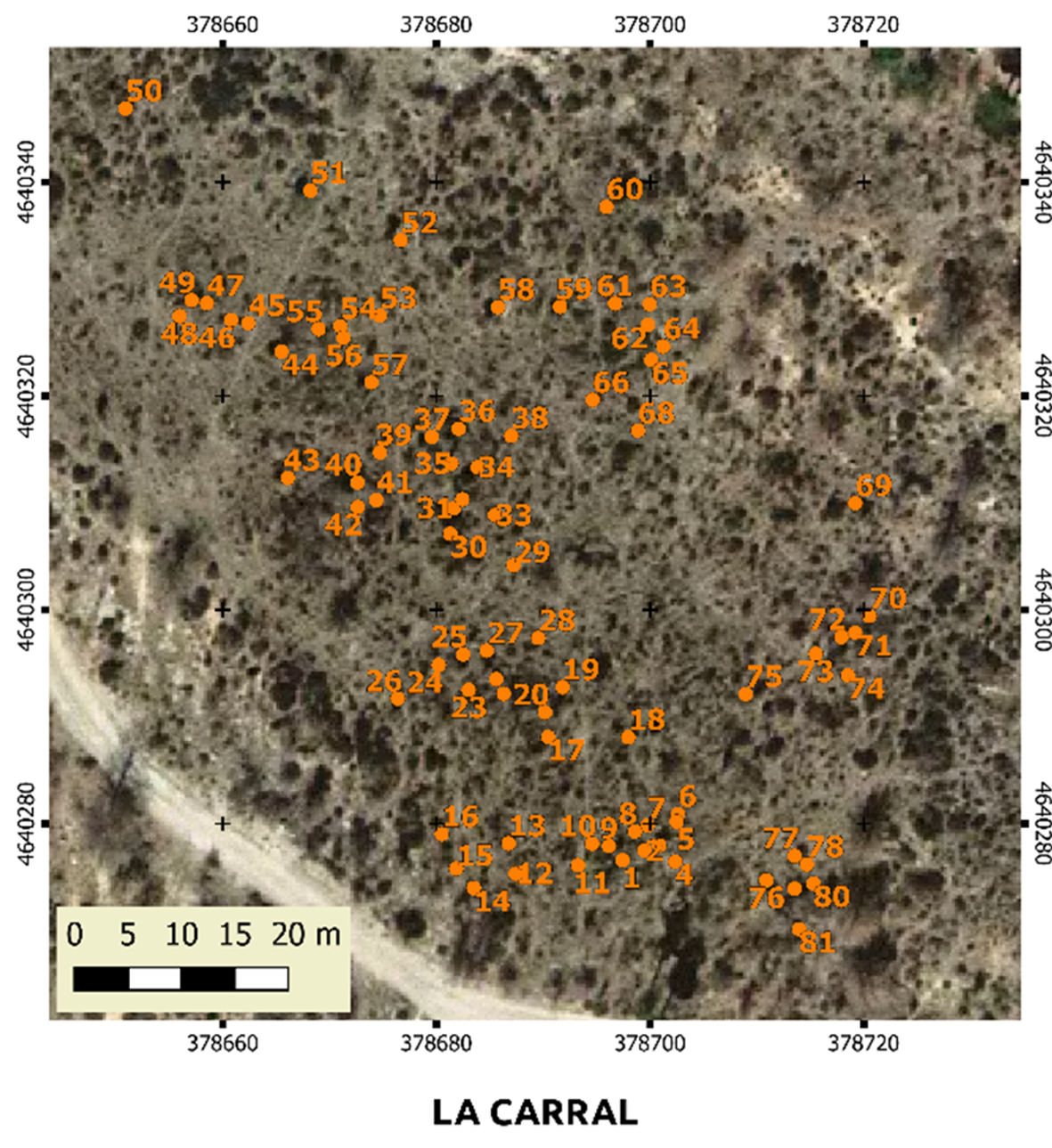Larrinaga, A.R.; Brotons, L. Greenness Indices from a Low-Cost UAV Imagery as Tools for Monitoring Post-Fire Forest Recovery. Drones 2019, 3, 6.
https://www.mdpi.com/2504-446X/3/1/6
During recent years unmanned aerial vehicles (UAVs) have been increasingly used for research and application in both agriculture and forestry. Nevertheless, most of this work has been devoted to improving accuracy and explanatory power, often at the cost of usability and affordability. We tested a low-cost UAV and a simple workflow to apply four different greenness indices to the monitoring of pine (Pinus sylvestris and P. nigra) post-fire regeneration in a Mediterranean forest. We selected two sites and measured all pines within a pre-selected plot. Winter flights were carried out at each of the sites, at two flight heights (50 and 120 m). Automatically normalized images entered an structure from motion (SfM) based photogrammetric software for restitution, and the obtained point cloud and orthomosaic processed to get a canopy height model and four different greenness indices. The sum of pine diameter at breast height (DBH) was regressed on summary statistics of greenness indices and the canopy height model. Excess green index (ExGI) and green chromatic coordinate (GCC) index outperformed the visible atmospherically resistant index (VARI) and green red vegetation index (GRVI) in estimating pine DBH, while canopy height slightly improved the models. Flight height did not severely affect model performance. Our results show that low cost UAVs may improve forest monitoring after disturbance, even in those habitats and situations where resource limitation is an issue

